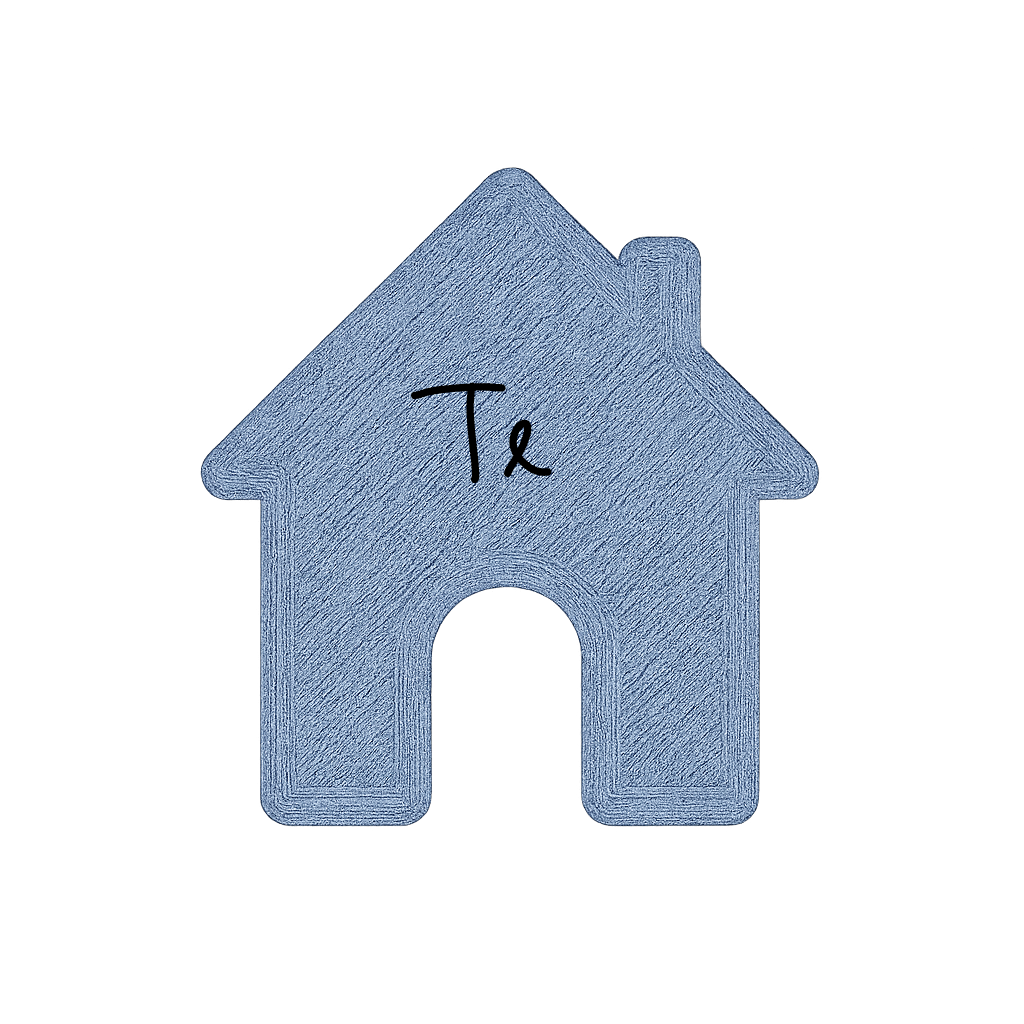Goal-Setting & Execution
- Write clear, measurable goals.
- Break goals into actionable steps.
- Set deadlines for each step.
- Use checklists to track progress.
- Start small projects and finish them.
- Practice working under time constraints.
- Track daily productivity.
- Review goals weekly.
- Celebrate task completion.
- Build momentum with “next action” thinking.
Organization & Structure
- Create to-do lists each morning.
- Use a planner or calendar.
- Prioritize tasks with the Eisenhower Matrix (urgent/important).
- Organize digital files logically.
- Color-code projects.
- Create repeatable routines for efficiency.
- Batch similar tasks together.
- Use templates for recurring work.
- Build workflows that save time.
- Refine your systems regularly.
Decision-Making
- Define criteria before deciding.
- Compare pros and cons objectively.
- Use data to support choices.
- Decide quickly when the stakes are low.
- Break complex choices into smaller parts.
- Consider cost vs. benefit clearly.
- Limit analysis paralysis by setting time limits.
- Document why you made a decision.
- Revisit outcomes to refine the process.
- Learn to make tough calls without overexplaining.
Metrics & Measurement
- Track progress with numbers, not feelings.
- Define KPIs (key performance indicators).
- Measure time spent on tasks.
- Record results of experiments.
- Use spreadsheets to monitor progress.
- Compare current data with past benchmarks.
- Learn basic statistics.
- Translate goals into measurable outcomes.
- Regularly review whether you’re on track.
- Adjust based on evidence.
System Building
- Map processes step by step.
- Eliminate unnecessary steps.
- Automate repetitive tasks.
- Standardize workflows for consistency.
- Document systems so others can follow.
- Build checklists for complex routines.
- Use project management tools (Trello, Asana, Notion).
- Create accountability systems.
- Learn from business case studies.
- Apply lean/Agile principles in daily life.
Leadership & Delegation
- Practice giving clear instructions.
- Set shared goals for groups.
- Assign tasks based on people’s strengths.
- Follow up consistently.
- Hold others accountable kindly but firmly.
- Learn to motivate with results, not pressure.
- Share credit publicly.
- Manage meetings with agendas.
- Clarify expectations early.
- Balance efficiency with empathy (blend Te + Fe).
Time & Resource Management
- Estimate how long tasks really take.
- Track time spent on different projects.
- Avoid multitasking; focus deeply.
- Block time for priorities.
- Use Pomodoro or similar methods.
- Plan around peak energy hours.
- Eliminate low-value tasks.
- Learn to budget money carefully.
- Track personal finances.
- Allocate resources logically (time, energy, money).
External Feedback & Reality Testing
- Test ideas quickly in the real world.
- Seek external feedback, not just internal clarity.
- Compare results to industry standards.
- Benchmark against successful examples.
- Look for hard evidence before acting.
- Use experiments over endless theorizing.
- Ask others how they achieved results.
- Adjust methods if outcomes lag.
- Don’t reinvent the wheel — use proven systems.
- Evaluate based on what works, not what feels neat.
Balance & Pitfalls
- Notice when efficiency becomes rigidity.
- Balance Te with Fi — don’t abandon inner values.
- Avoid overworking just to hit metrics.
- Remember that people aren’t only resources.
- Let go of control when micromanaging.
- Allow room for creativity and play.
- Don’t chase productivity at the expense of meaning.
- Watch for burnout from over-structuring.
- Keep Te flexible for changing realities.
- Balance practicality with vision (Ni/Ne).
Lifestyle & Growth
- Study management and productivity systems.
- Learn basic economics and project planning.
- Apply Te to personal fitness goals.
- Track habits with apps or logs.
- Try running small-scale projects (event, trip).
- Volunteer to organize group activities.
- Study leaders who built effective systems.
- Regularly refine your personal workflow.
- Treat life as an ongoing experiment.
- See Te as building order that frees creativity, not limits it.
***
